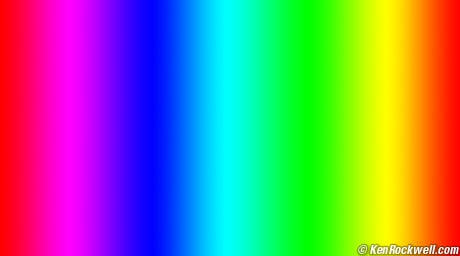
- Jan 24, 2019 Windows Adobe RGB 1998 Installer Program Environment Windows 8.1(32bit) Windows 8.1(64bit) Windows 8(32bit) Windows 8(64bit) Windows 7(32bit) Windows 7(64bit) Windows Vista(32bit) Windows Vista(64bit) Windows XP Windows XP x64 Edition Windows 2000 Windows Me Windows 98 The supported OS conforms to the system requirements of the product.
- Adobe RGB 1998 Adobe was one of the first to develop a color space that had a wide gamut while also being technologically feasible to use on modern devices. Even now, many photographers and editors will use this as the standard since it covers such a practical range and is almost universally accepted by many different software and displays.

The Adobe RGB (1998) ICC profiles for Windows are the ICC profiles necessary for displaying and printing the colors of the Adobe RGB images with fidelity. Update History Ver.1.4.1. See full list on cambridgeincolour.com.
Color Management Resources
Color Management in Practice - Advantages of the Adobe RGB Color Space
- Color Management Resources
Advantages of the Adobe RGB Color Space

Utilizing the Wide Color Reproduction Area of Adobe RGB
Adobe Rgb 1998 Free Download
Adobe RGB is a practical RGB color space that was introduced in 1998 by Adobe Systems Inc. As you can see from the color reproduction area comparison graph of Figure 1, compared with sRGB, Adobe RGB has a greater range in some parts of the color reproduction area, such as from blue to green. Adobe Photoshop can now handle image data that has been stored according to the Adobe RGB color space. Furthermore, there are now high performance scanners and digital cameras for professional use that use the Adobe RGB color space. When Adobe RGB is used for the image data, the monitors used to display these images also need to support the wide color reproduction area of Adobe RGB.
Adobe Rgb 1998 Color Space
Improving Precision of Color Calibration on Monitors

If the monitor is able to reproduce colors according to the Adobe RGB color space, it will be possible, for example, to display on the monitor the correct color reproduction area of the data of an image taken by a photographer using a digital camera in Adobe RGB mode. Another merit is greater precision when editing the image. In the field of prepress, as you can see in Figure 1, Adobe RGB covers the color reproduction area of the ISO-Coated color space, which is one of the standard color sets of the printing industry. Therefore, if the monitor can reproduce the Adobe RGB color space, color corrections to the soft proof can be done with greater accuracy. Moreover, printing processes with a broader color reproduction area than sRGB are now available to us such as Hexachrome®, which includes orange and green in addition to the four colors of cyan, magenta, yellow, and black. When this kind of process is used, better image quality is expected and this creates demand for monitors with a wider color gamut. |